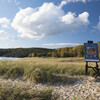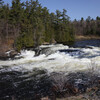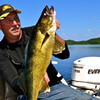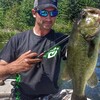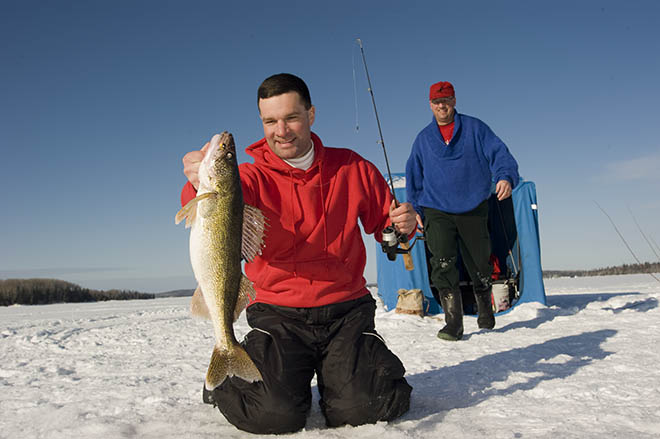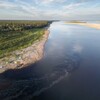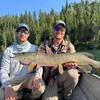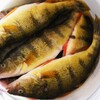
Icing Trophy Algoma Bluegills

Bluegills are highly regarded as one of the most popular fish in North American waters. There are many anglers that dedicate their time to chasing these small panfish around, looking for true trophy-size fish year-round. They are also one of the best to put on your plate.
Here in the Algoma region, I don’t think too much is known about bluegills, and they aren’t really all that sought after throughout Ontario. You would be surprised to find out that there is an extremely healthy and large population of bluegills in our area, and the size of them might surprise you as well. Populations have soared over the past few years, and the amount of trophy-size bluegills is something to be seen and experienced.

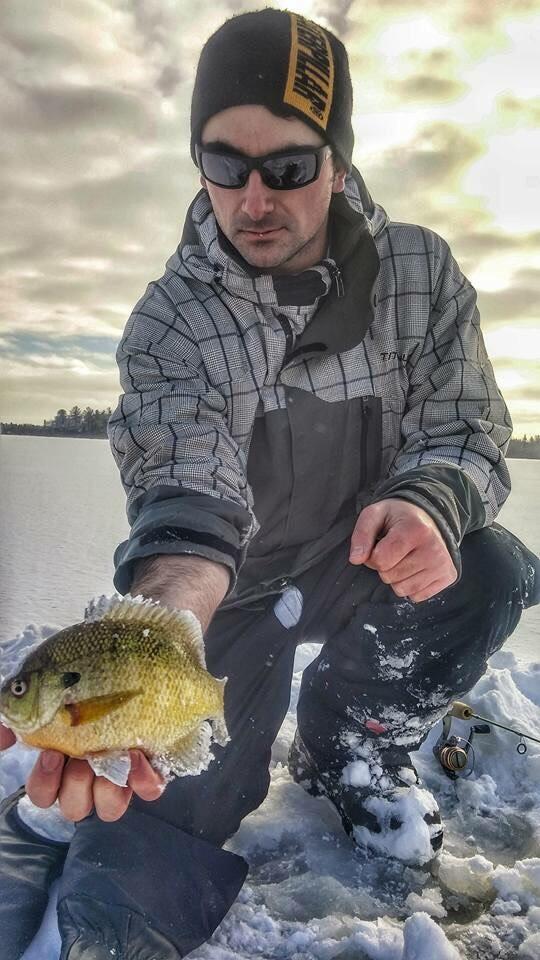
During the open water season in Algoma, panfish, in general, do not get a lot of pressure throughout the season. Thus, their populations always stay and remain quite healthy. When ice fishing season comes around, panfish get a lot more interest and are targeted heavily both by visitors to Algoma and local anglers. Mostly because they are relatively easy to find, they are abundant in a lot of lakes and rivers, and you don’t have to travel far or need to snowmobile any great distance to target them.
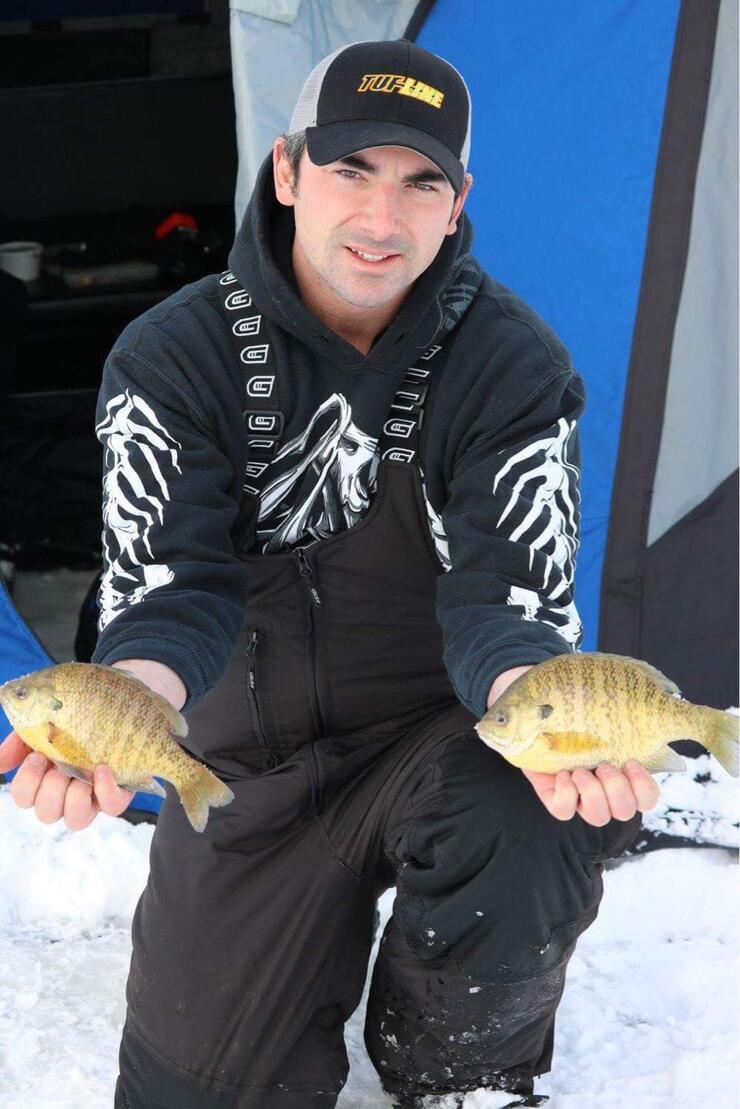
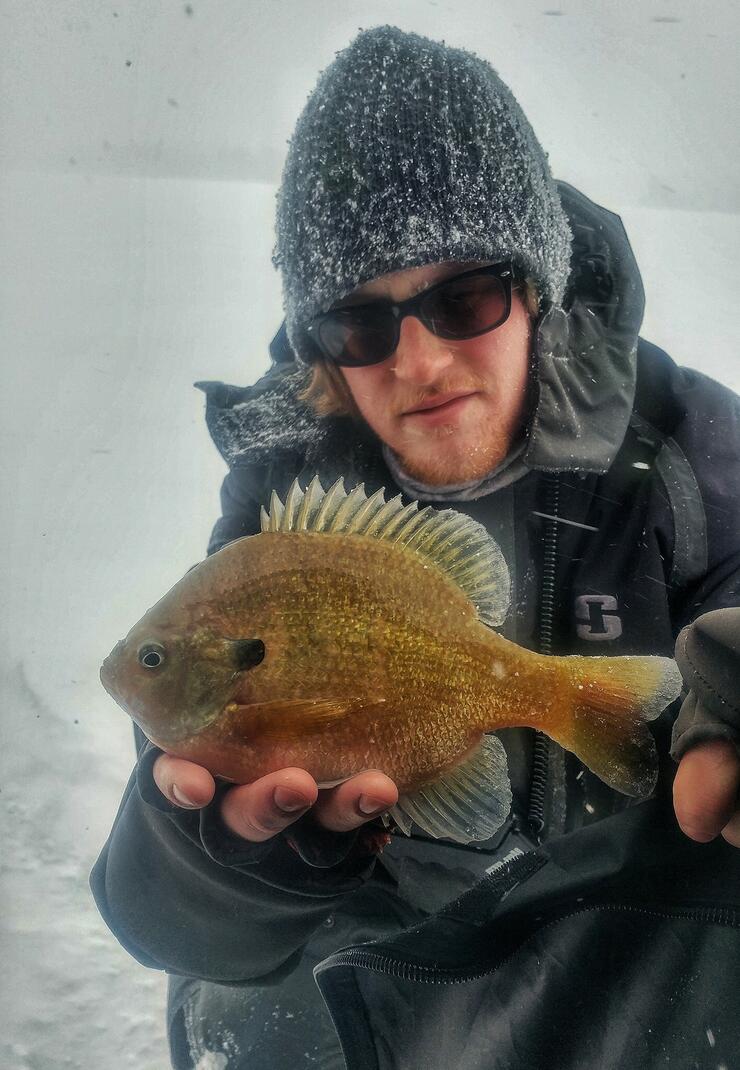
To find bluegills, it’s all about moving around constantly, covering water, cutting a ton of holes, and bouncing from fishing hole to fishing hole until you run into a school of fish. Early ice bluegill tends to be in deeper basin-type areas off of deep weed edges where sand and weed come together. They will stay in these areas almost all season, but will also move around in shallower areas and frequently scattered weed beds through a bay.
Having an ice flasher/sonar is a necessity when trying to find bluegill. I literally cannot fish without one and if I forget it, I would turn right around and go back home. Why I say it’s a necessity is because schools of bluegills tend to suspend in the water column nearly all ice season long. If you are fishing close to the bottom, you will be missing a huge percentage of fish by your bait not being above the fish. The reason for this is that bluegills always tend to feed up or above them. Having your bait above the fish is essential in catching them. Once you’ve landed on a school, trying to keep them under your hole and getting your bait down as quickly and efficiently as possible is key to success.
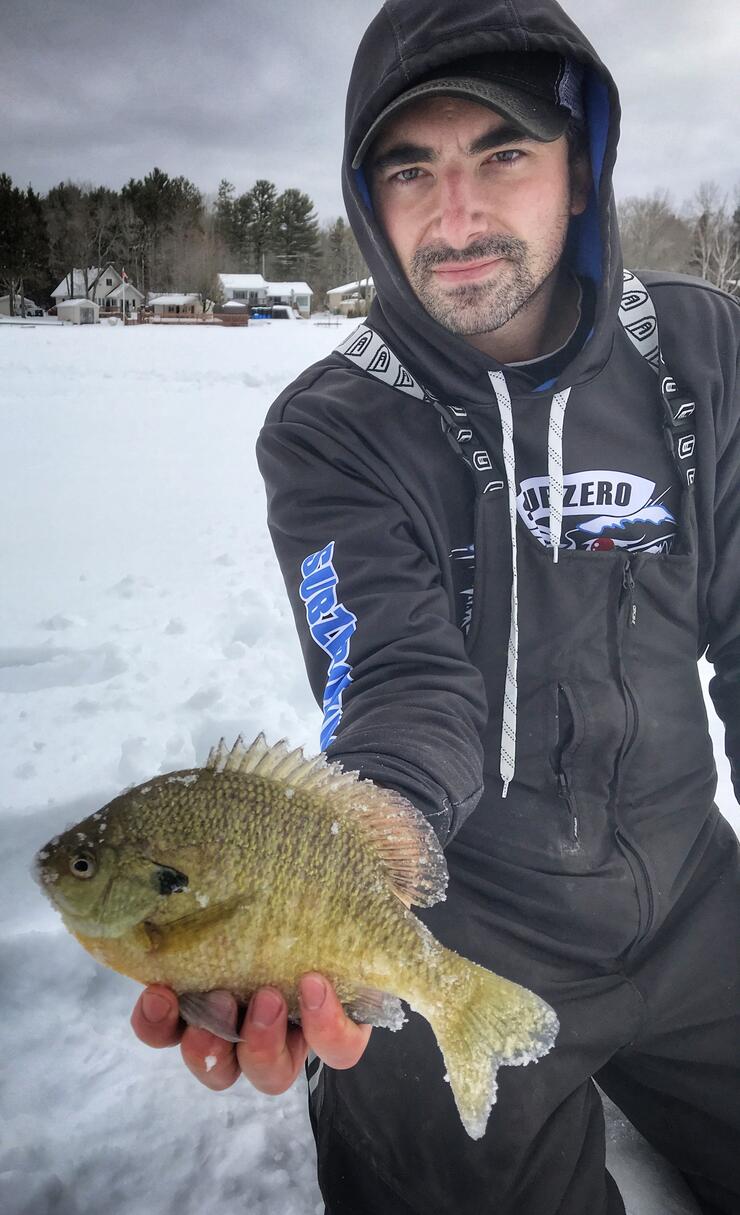
Being successful when you locate those fish comes down to having the right presentation and bait to catch them. Bluegills have small mouths and in turn, love small baits. Not just small but micro. You can use live bait like small shiner minnows or wax worms to catch them but to be efficient, micro tungsten jigs and micro finesse plastics can’t be beat. You can use the same jig and plastic nearly all day. Any brand of tungsten micro jig that resembles something like the Northland Gill-Getter or Hard-Rock Mooska Jig is the best choice. A tungsten jig compared to a lead jig lets your bait get down much quicker, keeping you on the fish and keeping them under your hole. Pair that jig up with microplastics like the impulse mini smelt, bloodworm, or mayfly, or even just a Berkley gulp wax worm with some light line, and you should have a recipe for success.

Panfish like bluegill, sunfish, and perch are some of the easiest fish to catch, and targeting them is a great way to introduce new and young anglers to the sport of fishing. Make it a priority to take someone new to the sport out on the ice this year so they can experience what the Algoma region has to offer.
Recommended Articles

The Group of Seven in Algoma

9 Facts to Know about the Agawa Canyon Tour Train




